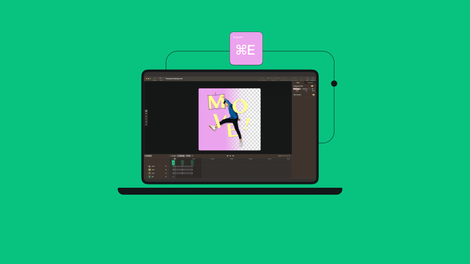How one man's big dream changed animation forever
It can be hard to comprehend just how much the Walt Disney Company has grown in the almost 100 years since it was founded. A century might seem like a long time, but we’re talking going from a small company of two brothers that produced short cartoons, to one of the largest entertainment companies in the world with a huge film division, a massive presence in television, an incredibly successful theme park business, a recently launched and thriving streaming service, plus fingers in the pies of music, video games, web portals, and more.
It has produced a vast number of the highest-grossing films of all time and its dominance of the list of highest-grossing animated films of all time is gobsmacking. You might think that the company has grown to a size that its founder Walt Disney could never have dreamed of, but the truth is that Walt Disney dreamed big. Like, really, really big. Throughout his life, he made his dreams a reality, and since his passing, the company continued to fulfil his dreams and even imagined and developed new ones.
This is the story of the Walt Disney Company and the journey it made from its modest beginnings to its current state as a global powerhouse.
Jumpstart your ideas with Linearity Curve
Take your designs to the next level.
Once upon a time, stop, start again
Walter Elias Disney was born in a suburb of Chicago on December 5, 1901. The family moved to Kansas City, Missouri in 1911 and it was here he developed an early interest in art, attending the Kansas City Art Institute and taking a correspondence course in cartooning. By the time Walt Disney was just 18 years old he was working as a commercial illustrator at the Pesmen-Rubin Commercial Art Studio. While working here, he met an artist called Ub Iwerks and the two became good friends.
When the studio they were working for went bankrupt, Walt Disney and Ub Iwerks started their own business – Iwerks-Disney Commercial Artists – but this didn’t work out so well. Both Disney and Iwerks would leave the company to work for the Kansas City Film Ad Company. This company was producing commercials using cutout animation. Walt Disney started to become fascinated with animation, and cel animation in particular.
Disney couldn’t persuade the Kansas City Film Ad Company to try out cel animation, so he decided to leave and start a new company with a co-worker and the aim of producing cartoons. Their first gig was producing short cartoons called Laugh-O-Grams for a local theater.
Realizing that producing the short cartoons wasn’t enough to keep the company afloat, Walt Disney had the idea to produce a short film that combined live action and animation – Alice’s Wonderland. Unfortunately, this new film wasn’t finished in time to save the studio, and it went bankrupt and was shut down in 1923.
He was still just 21 years old, but the seeds of Walt Disney’s future had already been planted. After the dissolution of Laugh-O-Gram Studio, he left Kansas City for Hollywood, Los Angeles.
A lucky break and a hard lesson
Walt Disney chose to move to Hollywood and Los Angeles as his brother, Roy Disney, was already there and was recovering from tuberculosis at the time. Walt Disney started shopping around the Alice’s Wonderland film, and was lucky enough to get a contract with a New York film distributor to produce six more of the short films. Disney persuaded his friend Ub Iwerks to move from Kansas City to Hollywood to work on the films, and he also persuaded the film’s star, Virginia Davis to make the same move.
With everything in place on October 16, 1923 Walt Disney and Roy Disney founded the Disney Bros. Cartoon Studio. At Roy’s suggestion, the company was soon renamed the Walt Disney Studios, and this is when the story of the Walt Disney Company really gets started.
With one eye on the future, Walt Disney wanted to make a switch to creating full animated work instead of the mix of live action and animation that they had been producing. The distributor of the Alice films was on board with the new idea, and so Disney and Iwerks created a character called Oswald the Lucky Rabbit.
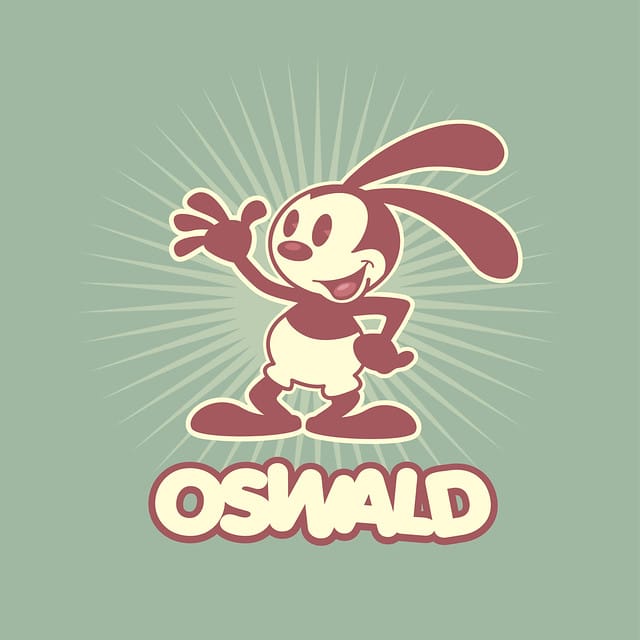
Disney produced 26 episodes of the Oswald cartoons in just one year. He wanted to increase the amount of money the distributor was giving for the cartoons, and tried to negotiate a higher rate for the second year. It turned out that the distributor had actually gone behind Walt Disney’s back and poached many of his animators with the aim of producing the cartoons for cheaper without Disney. When Walt Disney reread his contract more closely, he found out that he didn’t own the rights to his Oswald the Lucky Rabbit creation – the distributor did. The distributor offered Walt Disney less money for the second year of cartoons, and when he refused, the distributor carried on producing the Oswald cartoons without him.
The loss of Oswald was a bitter pill for Walt Disney to swallow, and a hard lesson for him to learn. From then on, he swore that he would retain the rights for all of his creations. It also gave him the motivation to create a new cartoon character, and one that would go on to make history.
New characters and new beginnings
Feeling burned by the experience of losing Oswald, Disney decided to create a new character with Ub Iwerks – Mickey Mouse. They made two films with the new character, but as the films were silent, they couldn’t find a distributor. The addition of sound to film had sparked a revolution, and there was no longer a market for silent films. A third film with Mickey Mouse – Steamboat Willie – was made, this time with sound. It was an instant success, and a series of Mickey Mouse cartoons was commissioned and a Mickey Mouse comic strip soon followed.
Between this series and the Mickey Mouse series, new characters such as Donald Duck and Minnie Mouse start to be introduced, and the cartoons start to gain wider recognition. In 1932, Disney produced the first full color cartoon. This would go on to win the Academy Award for Best Cartoon, and a Disney cartoon won this same Academy Award category for the rest of the 1930s.
While the Mickey Mouse and Donald Duck cartoons and the other ventures were a roaring success, Walt Disney wasn’t satisfied. He thought the future was in feature-length animated films, and that they would be more popular and profitable. In 1934 he set the staff at Disney Studio to work on Snow White and the Seven Dwarfs, a process that would take the better part of four years.
Walt Disney went all in on making the production as good as it possibly could be, and it tripled in budget. His faith paid off – Snow White premiered in 1937 and it became the highest-grossing film of 1938. By 1939 it was the most successful sound film of all time. Snow White marks a real turning point for Disney – feature films were big business, but the path ahead was about to get rocky.
Vectornator is now Linearity Curve.
Learn more about our recent rebrand and how we chose our new colors.
Setbacks and leaps forward
More animated feature films arrived in the next years – Pinocchio, Fantasia, Dumbo and Bambi were all released in the early 1940s. These films are regarded as classics now, but at the time the box office was low. This wasn’t the fault of the movies – World War II was raging and the foreign market was heavily impacted. This decade was tough going for Disney – a large number of animators went on strike, and the Disney films that were getting made were not performing well.
In 1950, Cinderella was released and it was a real success. Disney also released its first 100% live-action film, Treasure Island in 1950, and more live-action features followed.
By the mid-1950s Disney was stepping into TV, first in 1954 with the Walt Disney’s Disneyland anthology program, and then and in 1955 with the Mickey Mouse Club children’s TV show. You’d think all of this would have been enough for Walt Disney, but he was always looking for the next challenge and opportunity. And through all of this he had already set his sights on something totally different – an amusement park.
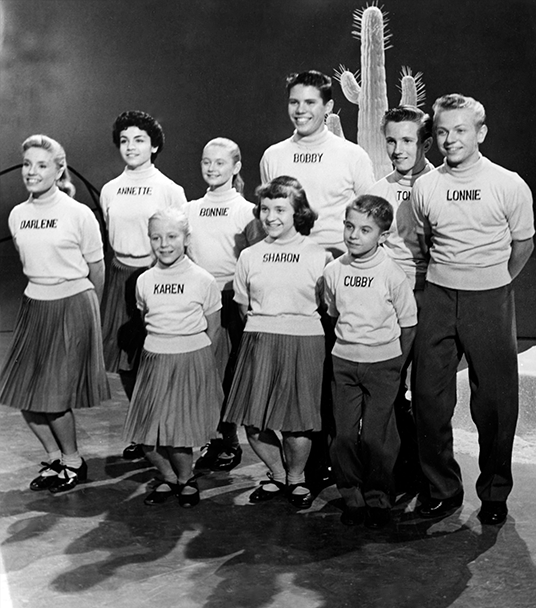
Walt Disney had been dreaming about building an amusement park for a few years. His goal was to build an amusement park where children and parents could have fun together. The original idea was to call it Mickey Mouse Park, but this was then changed to Disneyland. Roy Disney harbored doubts about the park idea, and so Walt Disney set up WED Enterprises (now known as Walt Disney Imagineering) as a new company to finance the building of the park.
After an extensive research period, construction started on the park in July 1954 and it opened in Anaheim, California just a year later.
The park consisted of a number of themed lands that branched out from a central hub – Adventureland, Frontierland, Fantasyland, and Tomorrowland – and it also had the Disneyland Hotel on the site. It was a huge success when it opened, drawing 20,000 visitors a day and 3.6 million in its first year alone. Disneyland wasn’t like other amusement parks, it was something new, and so a new term was invented for it – a theme park.
Sticking with the theme
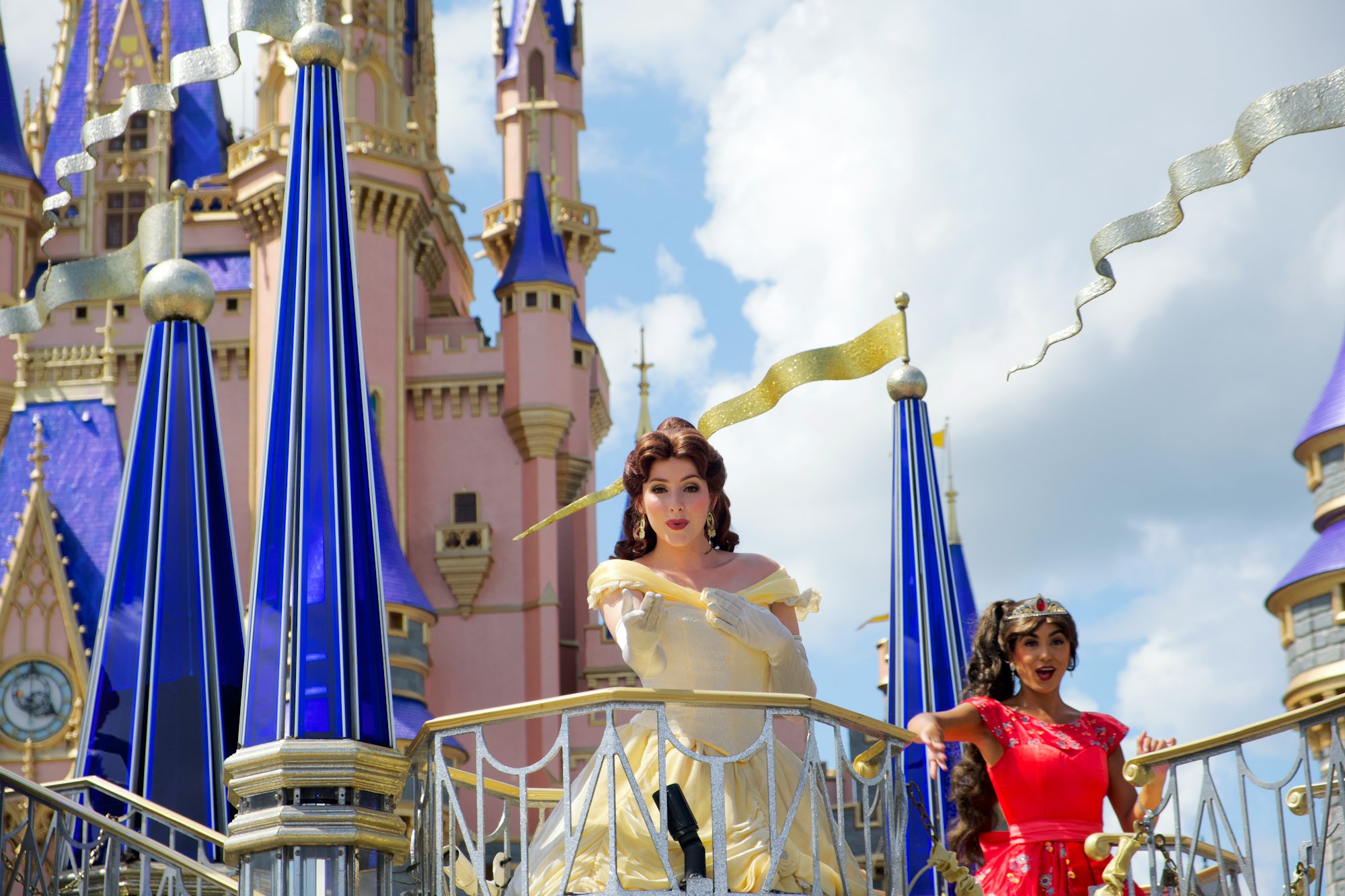
Disneyland was the only theme park that Walt Disney would oversee in his lifetime, but this side of the business has grown and grown over the years and is now more popular than ever. Over time, the original Disneyland site has expanded to become the Disneyland Resort, encompassing the Disneyland Park and Disney California Adventure theme parks as well as the Disneyland Hotel.
In 1971 a second entertainment resort complex was opened – Walt Disney World Resort in Florida. This behemoth project was conceived by Walt Disney in the 1960s, and it was his brother, Roy O. Disney, who would persevere to see it through to completion. As a tribute to his late brother, Roy Disney insisted that the park be known as Walt Disney World, so that people would remember his brother’s name and place as the person who started it all.
The Walt Disney World Resort is even bigger in scope than the original Disneyland, with four theme parks, two water parks, 31 themed resort hotels, golf courses, Disney stores, the Disney Springs shopping complex and more.
Disney Parks is now a fully fledged sub division of the company that oversees all of the Disney theme parks. Since the original Disneyland Resort and Walt Disney World Resort were opened, Walt Disney attractions and Walt Disney parks have opened up all over the world. Euro Disney in Paris, now known as Disneyland Paris opened, as did Tokyo Disneyland, Hong Kong Disneyland and Shanghai Disney.
The show must go on
Throughout the 1950s and early 1960s, the Walt Disney Studios continued to produce films and TV series. Peter Pan, Lady and the Tramp, Sleeping Beauty, One Hundred and One Dalmatians, Mary Poppins and more were all Walt Disney productions released in this era, and the studio was enjoying a successful run.
Sadly, on December 15, 1966, Walt Disney passed away from lung cancer at the age of 65. The man who had built an incredible empire was no more, and the mantle for running to company was passed to Roy Disney.
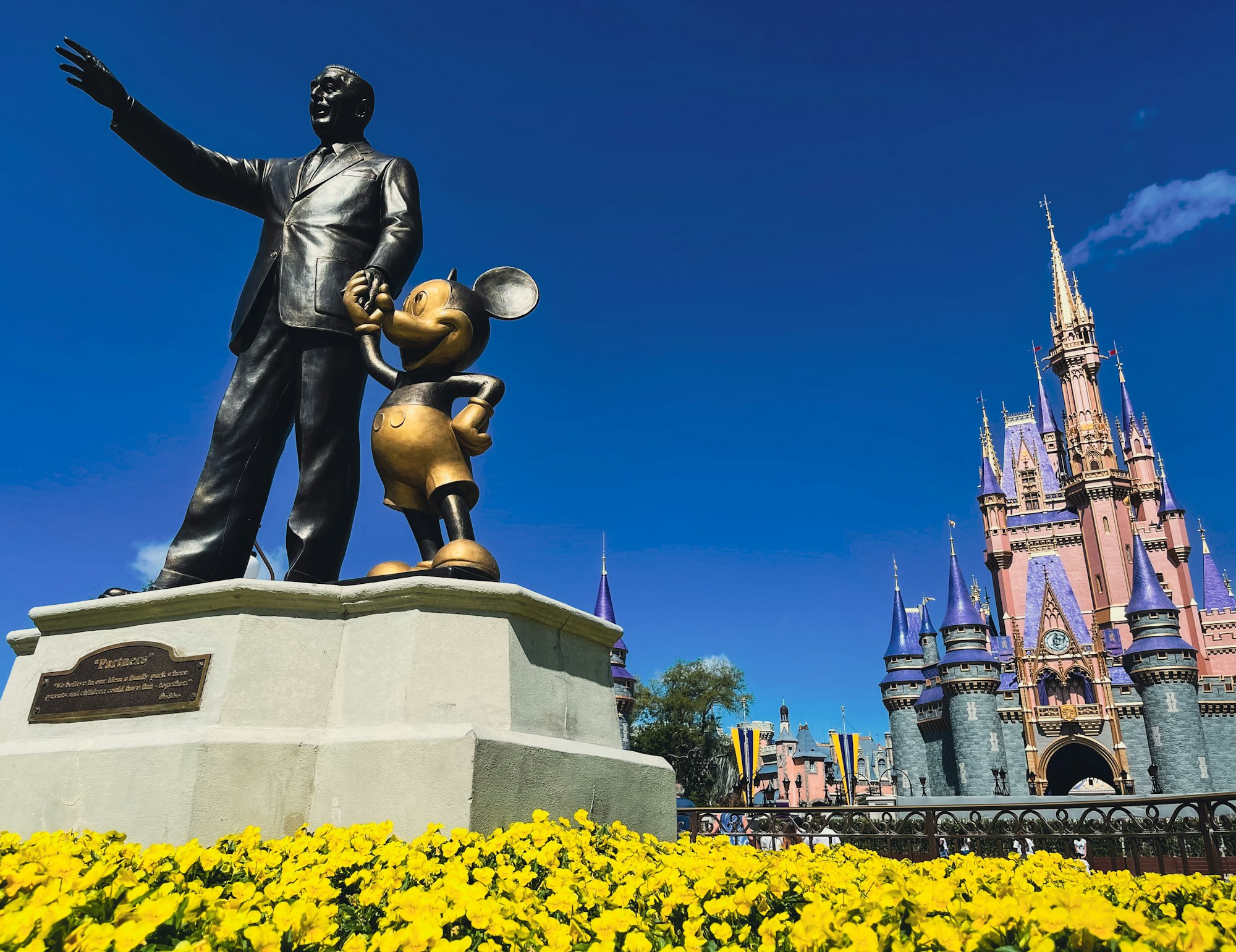
In his time as CEO and Chairman, Roy Disney oversaw the opening of the Walt Disney World Resort, and carried through on some of the plans that had been left behind by Walt. The Jungle Book was released in 1967 and would become Disney’s biggest film for the next two decades, and live-action film The Love Bug was released in 1969 and was the highest-grossing film of that year.
When Roy Disney passed away in 1971, long-standing senior executive of Disney and former Disney president, Donn Chatum, became CEO and Card Walker, a Disney employee since 1938, became the president of Disney.
Throughout the 1970s, Walt Disney Studios would produce some notable live-action films and animated films, but the rate at which animated films were released slowed down somewhat and most of the company profits were being made by the Walt Disney World theme parks.
Walt’s son-in-law Ron W. Miller took over as CEO in 1983, and he pushed for a new direction. The Walt Disney Company was being left behind as audiences started to eschew family friendly films for more adult and teen oriented films. Miller was on to something, and Disney’s next move was a shrewd one.
The Midas Touchstone
The Disney name was synonymous with family and family friendly, so it didn’t make sense to start producing more mature content under this name. Instead, Disney launched a new film distribution label called Touchstone Pictures in 1984. This imprint was firmly aimed at the more adult and teen market, and the first film, Splash was a huge success.
It marked the start of an amazing run of films, and Touchstone Pictures would go on to release a huge number of hit movies, including Good Morning Vietnam, Pretty Woman and Down and Out in Beverly Hills.
By the late 1980s and into the early 1990s, the Walt Disney Company was on a roll again. The movie Who Framed Roger Rabbit? had effectively mixed live-action and animation again, and this gave a big boost to the Walt Disney Studios animation division. All of a sudden, Disney animations were big business again and a slew of this followed – The Little Mermaid, Beauty and the Beast, Aladdin and The Lion King were all released inside a five year period. This time became known as the ‘Disney renaissance’.
The early 1990s also saw Disney expanding and diversifying into the territories, launching the Hyperion books publishing arm and the Hollywood Records label. The Walt Disney Company also started to show a penchant for savvy takeovers, merging with the Capital Cities/ABC Inc., giving Disney ownership of assets such as the ABC broadcast network and ESPN.
The theme of acquisitions and buyouts is one that starts to dominate from here on in. Walt Disney Productions also keeps pumping out massive movies and making Disney history, with the first installment of the Pirates of the Caribbean franchise pulling in more than $300 million at the box office, and the animated classic Finding Nemo making the same amount.
Ready to create brand assets that pack a punch?
Visit our Academy for free marketing design courses.
The Walt Disney Company expands. And expands. And expands.
In October 2005, Bob Iger took over the position of CEO at the Walt Disney Company from Michael Eisner. Bob Iger served as the CEO until 2020, and in that time he oversaw some truly gargantuan business deals.
For starters, Disney purchased the animation studio Pixar for a whopping $7.4 billion. This made the Disney animation wing pretty much unstoppable, and Pixar/Disney movies now overwhelmingly dominate the list of the highest-grossing animated films of all time. Then in 2009, Disney bought Marvel Entertainment for $4.24 billion, acquiring the rights to Marvel Studios and the sprawling Marvel cinematic universe in the process. And why stop there? In 2012 Disney decided that it wanted to acquire Lucasfilm and the rights to the Star Wars franchise.
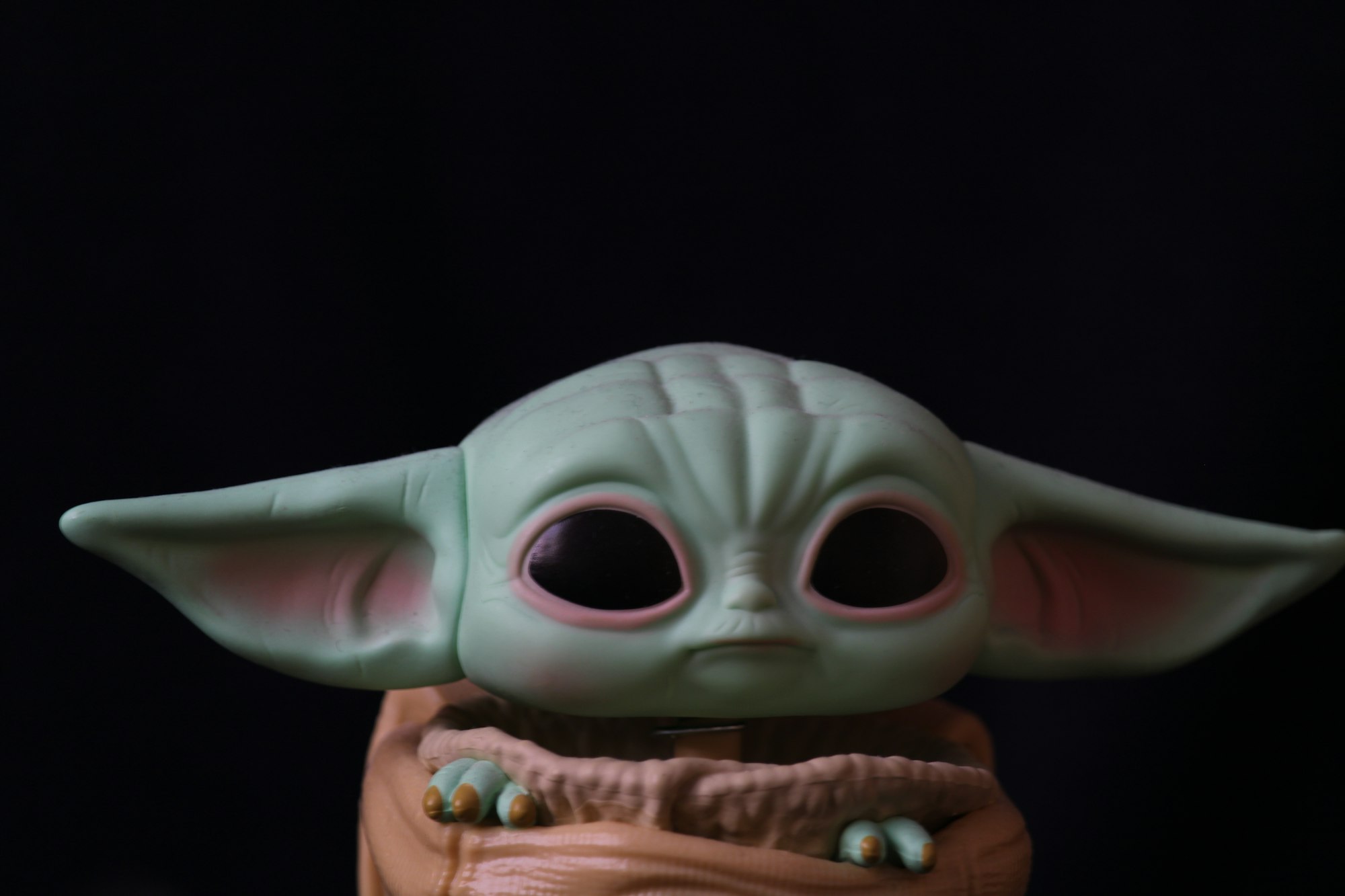
And while these acquisitions sound big, they pale in comparison to the next big merger that Bob Iger and Disney set their sights on – 21st Century Fox. For an eye-watering $71.3 billion, the Disney Company acquired a huge number of Fox’s entertainment assets.
And these acquisitions are just the biggest and juiciest, Disney has picked up more than this brief list along the way. The Walt Disney Company is now almost incomprehensibly huge. It owns the rights to some of the most famous franchises in history, and it’s putting them to good use.
In less than a century the Walt Disney Company has grown from a handful of animators creating cartoons into one of the biggest entertainment companies in history with hundreds of thousands of employees and billions of dollars in revenue. Of course, the company has not been without its controversies and scandals, but you can’t deny the fact that Walt Disney made his big dreams into an even bigger reality.
Inspired by the story of Disney but anime is more your thing? Check out the history of Studio Ghibli. And since we can't seem to get enough of classic animations here at Linearity, we even wrote a blog on the Moomins and Moominvalley.
Jumpstart
your ideas with
Linearity Curve
Take your designs to the next level.
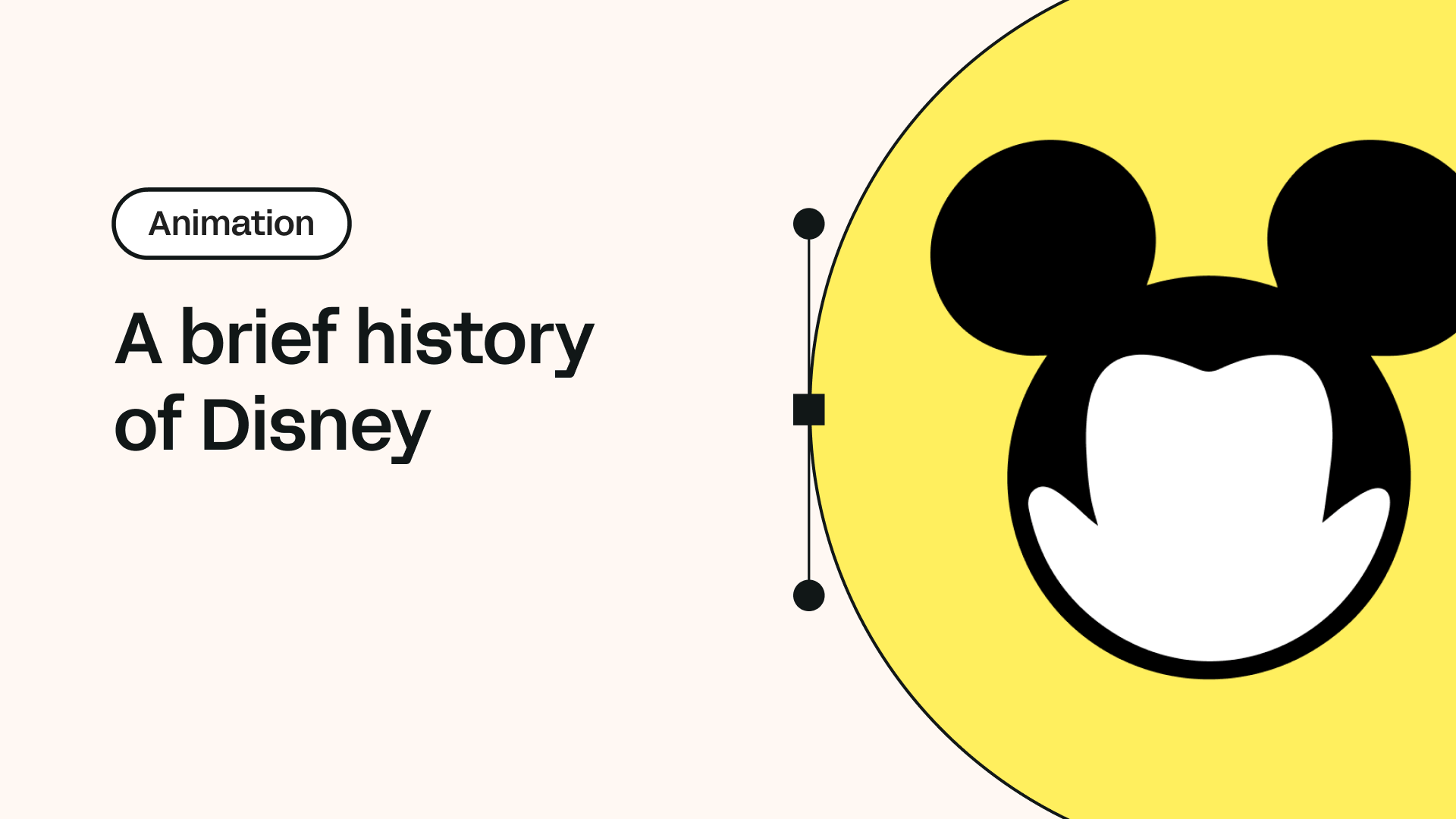
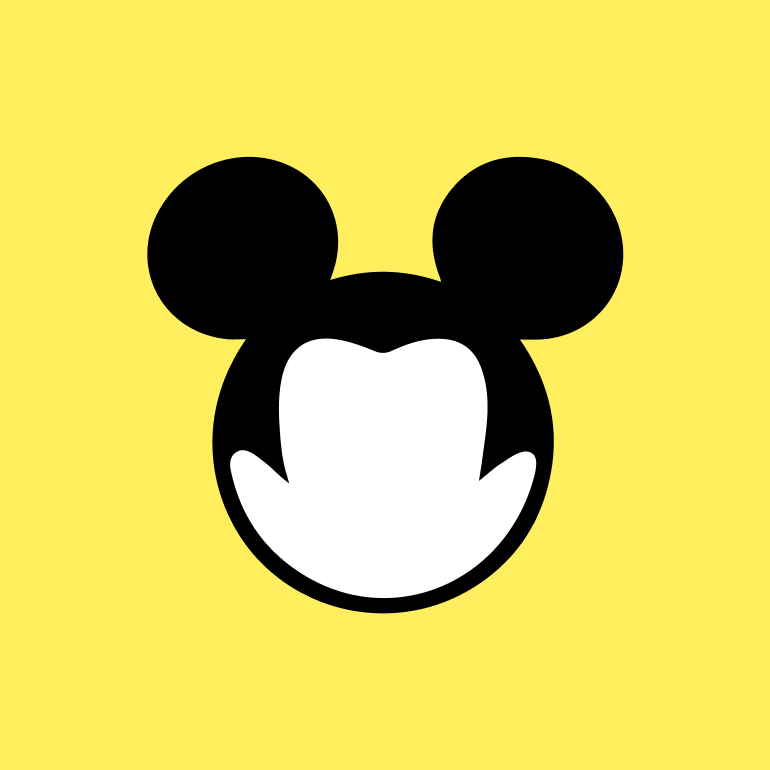
Share this!
Adí Aviram
Adí is an SEO developer working for Linearity in Berlin. Her hobbies include drawing comics, yoga, swimming, infinite scrolling, and birdwatching.
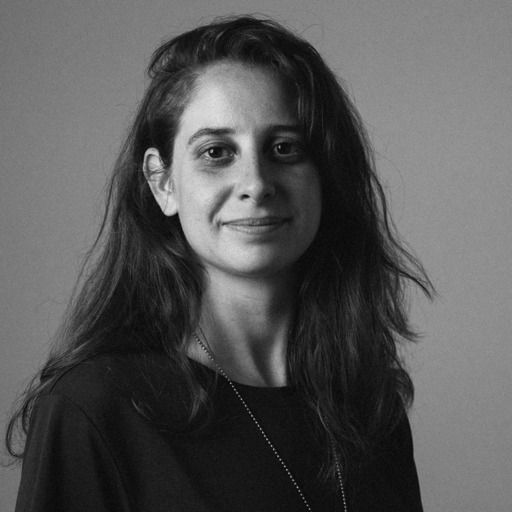

:quality(75))
:quality(75))



:quality(75))
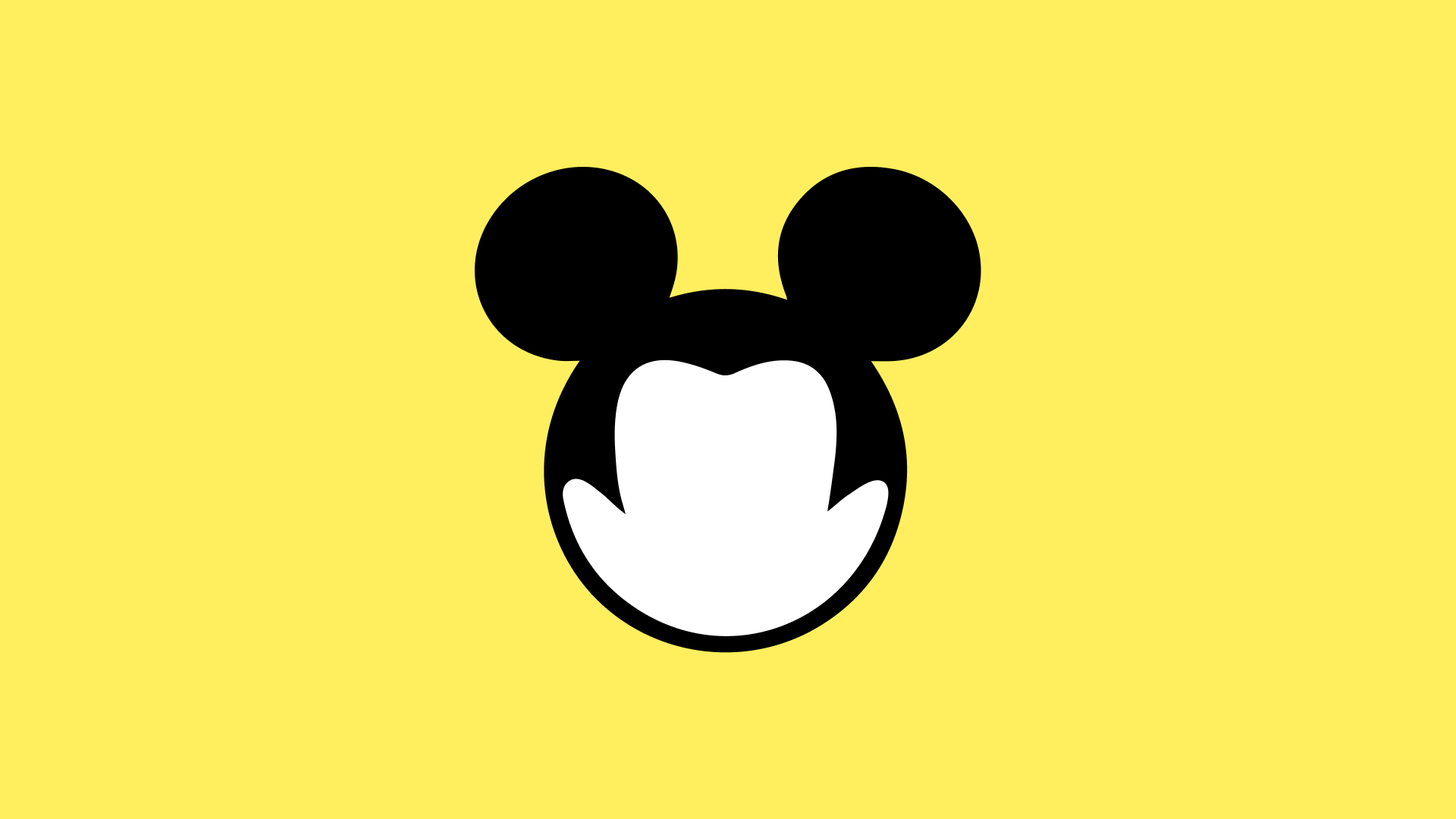
:quality(75))
:quality(75))
